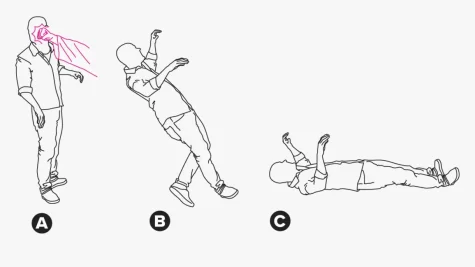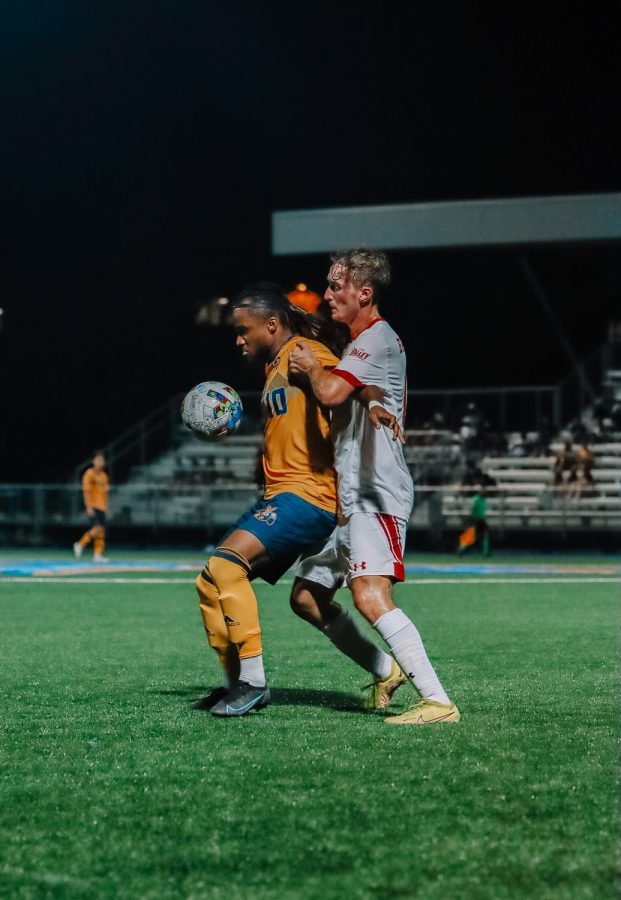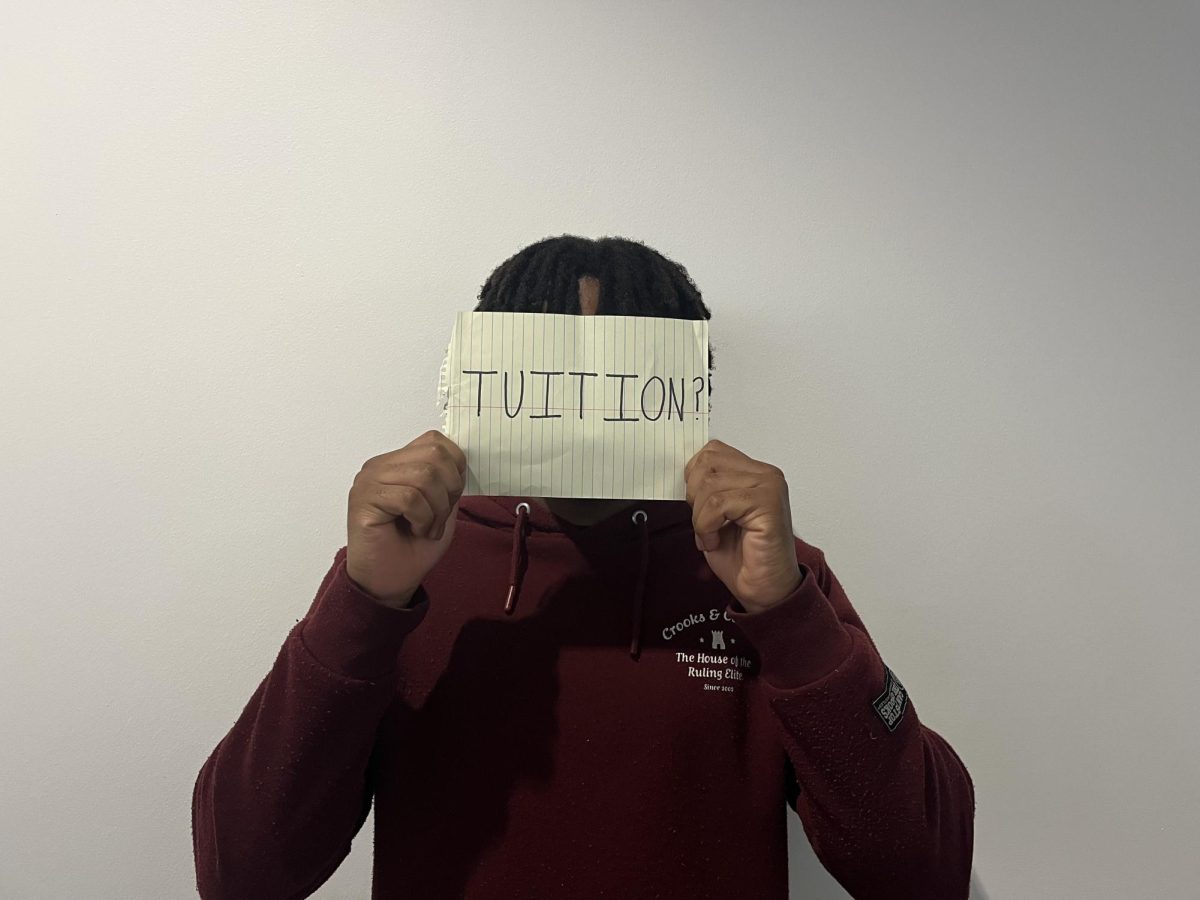Concussions Treatments Need to Improve: Op-ed
“2 in 10 high school athletes who play contact sports — including soccer and lacrosse — will get a concussion this year,” according to the University of Pittsburgh Medical Center.
November 6, 2022
Across the sports world, discussions around concussions continue to surge after a significant incident in the NFL caused a player to suffer a traumatic brain injury; one that could have been prevented.
After Miami Dolphins quarterback Tua Tagovailoa suffered multiple head trauma injuries, concussion protocol conversations ignited, leading to the National Football League facing major scrutiny for handling concussions.
“A concussion is caused by a blow or jolt to the head or body that disrupts the function of the brain,” said Dr. Allen Chainey Umphrey, who specializes in concussions. “The paradox of a concussion is that initial symptoms often appear quite mild but can lead to significant and lifelong impairment.”
Sports can be dangerous at times, and there needs to be dialogue about creating advanced concussion training for all healthcare professionals and athletes.
Tagovailoa first showed concussion symptoms after being slammed into the ground during a game against the Buffalo Bills. After further evaluation, he was cleared to play against the Cincinnati Bengals later in the week.
Four days later, Tagovailoa started in a Thursday night match, and after a spine-chilling sack, the Miami passer entered the fencing position.
The fencing position occurs when a player is hit hard enough that they cannot move any of their extremities and their hands freeze in an unnatural way.

He did return for the rest of the game and was out for several weeks.
Approximately 7% of children have developed symptoms of TBI in their lifetime, yet the risk increases with age leading to an estimated 29% of adults who have reported symptoms of concussions in their lifetime.
It’s important to understand the seriousness of a concussion and to seek medical attention promptly as a concussion can lead to life-threatening bleeding or blood clots if not promptly diagnosed.
Many UMKC student-athletes have to deal with the impact of being concussed.
Kansas City Roos’ men’s soccer player and graduate student Arne Neufang suffered a concussion around the same time as the NFL controversy. Neufang collided with his teammate while training and his case are more complicated than most.
“I found out that I had a concussion after I had been playing soccer for days after the collision happened,” Neufang said.
Before the season, Kansas City Athletics conducts imPACT tests, which include reaction time and memory exercises to determine how concussions affect a player’s performance when compared to after the suspected head injury.
Neufang is recovered and is back on the field, but he lost two months of practice due to his concussion. He is not the only player who has suffered from concussions, some of his teammates are unsure if soccer is in their future because of multiple head injuries.
Knowing the symptoms of a concussion can help prevent further brain injury or damage. The CDC has provided a list of common symptoms of a concussion that include but is not limited to:
- Headache or “pressure” in head
- Nausea or vomiting
- Balance problems or dizziness, or double blurry vision
- Bothered by light or noise
- Feeling sluggish, hazy, foggy, or confused
Concussions are not new to the sports world. The protocols and evaluations need to be updated and reconstructed into a system that benefits the players more and not so much the teams and organizations. Protecting every athlete’s health should be the top priority for sports organizations and needs to be taken more seriously in order to prevent injuries like Tagovovailoa’s and protect young athletes like Neufang.
smm9xg@umsystem.edu








